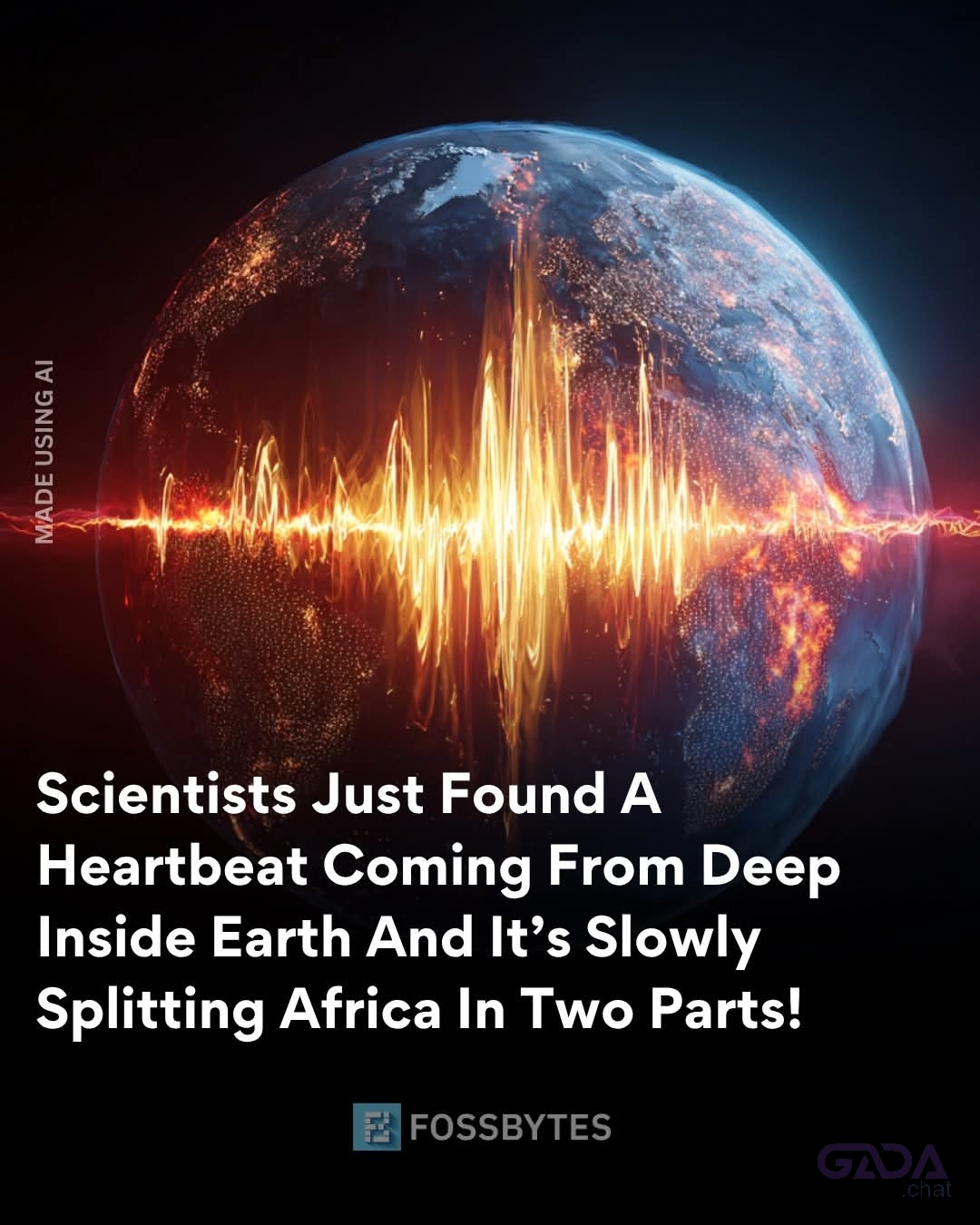Scientists have discovered rhythmic, heartbeat-like pulses of molten mantle rock surging beneath Africa’s Afar region, with each pulse pushing up through volcanic rift zones and slowly prying the continent apart over millions of years.
By analyzing chemical signatures in 130 volcanic rock samples, researchers confirmed that the mantle beneath Afar is not stationary but moves in timed bursts, influenced by tectonic plate thickness and how quickly the crust is splitting.
These findings offer crucial insight into how continents break apart and reshape Earth's surface, with researchers saying it could change how we predict volcanic eruptions, earthquake behavior, and the long-term future of plate tectonics.
By analyzing chemical signatures in 130 volcanic rock samples, researchers confirmed that the mantle beneath Afar is not stationary but moves in timed bursts, influenced by tectonic plate thickness and how quickly the crust is splitting.
These findings offer crucial insight into how continents break apart and reshape Earth's surface, with researchers saying it could change how we predict volcanic eruptions, earthquake behavior, and the long-term future of plate tectonics.
Scientists have discovered rhythmic, heartbeat-like pulses of molten mantle rock surging beneath Africa’s Afar region, with each pulse pushing up through volcanic rift zones and slowly prying the continent apart over millions of years.
By analyzing chemical signatures in 130 volcanic rock samples, researchers confirmed that the mantle beneath Afar is not stationary but moves in timed bursts, influenced by tectonic plate thickness and how quickly the crust is splitting.
These findings offer crucial insight into how continents break apart and reshape Earth's surface, with researchers saying it could change how we predict volcanic eruptions, earthquake behavior, and the long-term future of plate tectonics.
0 Comments
0 Shares
125 Views
0 Reviews



